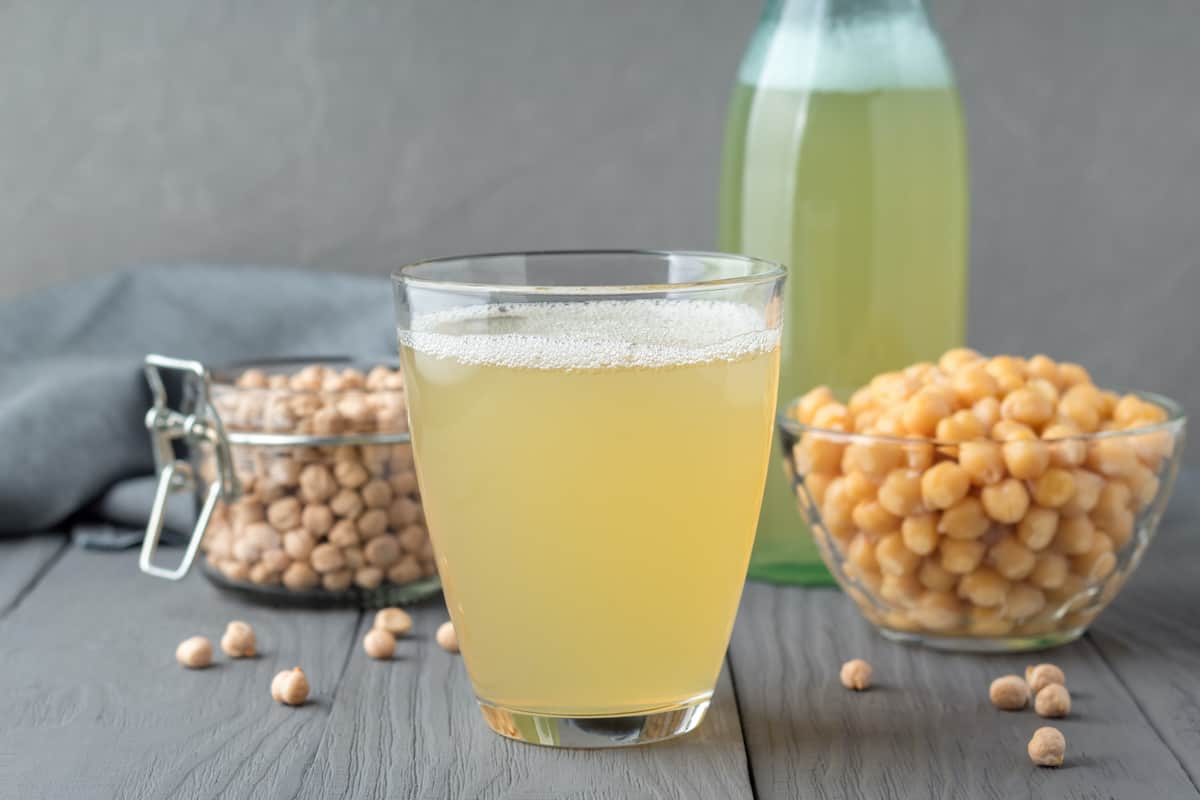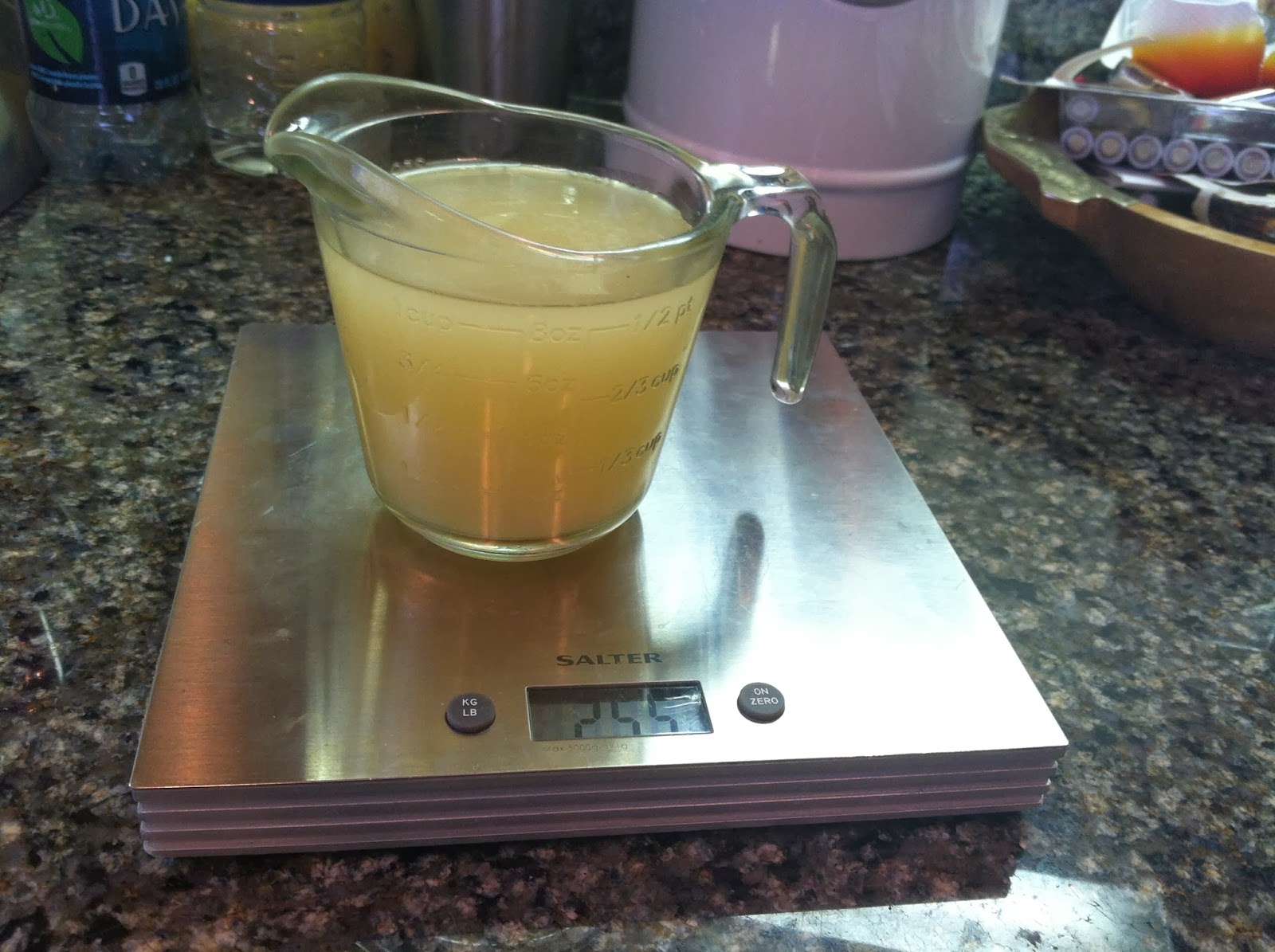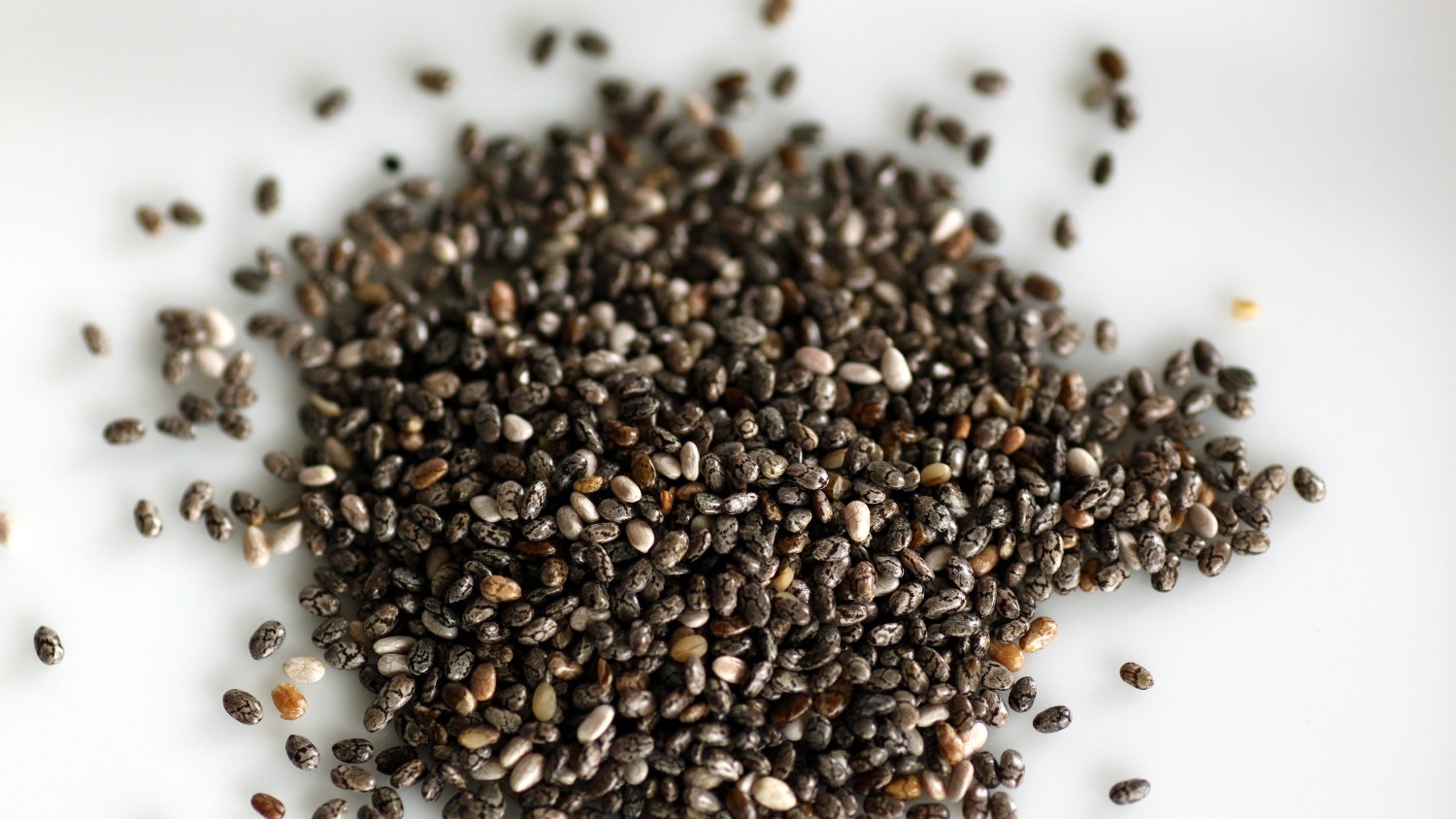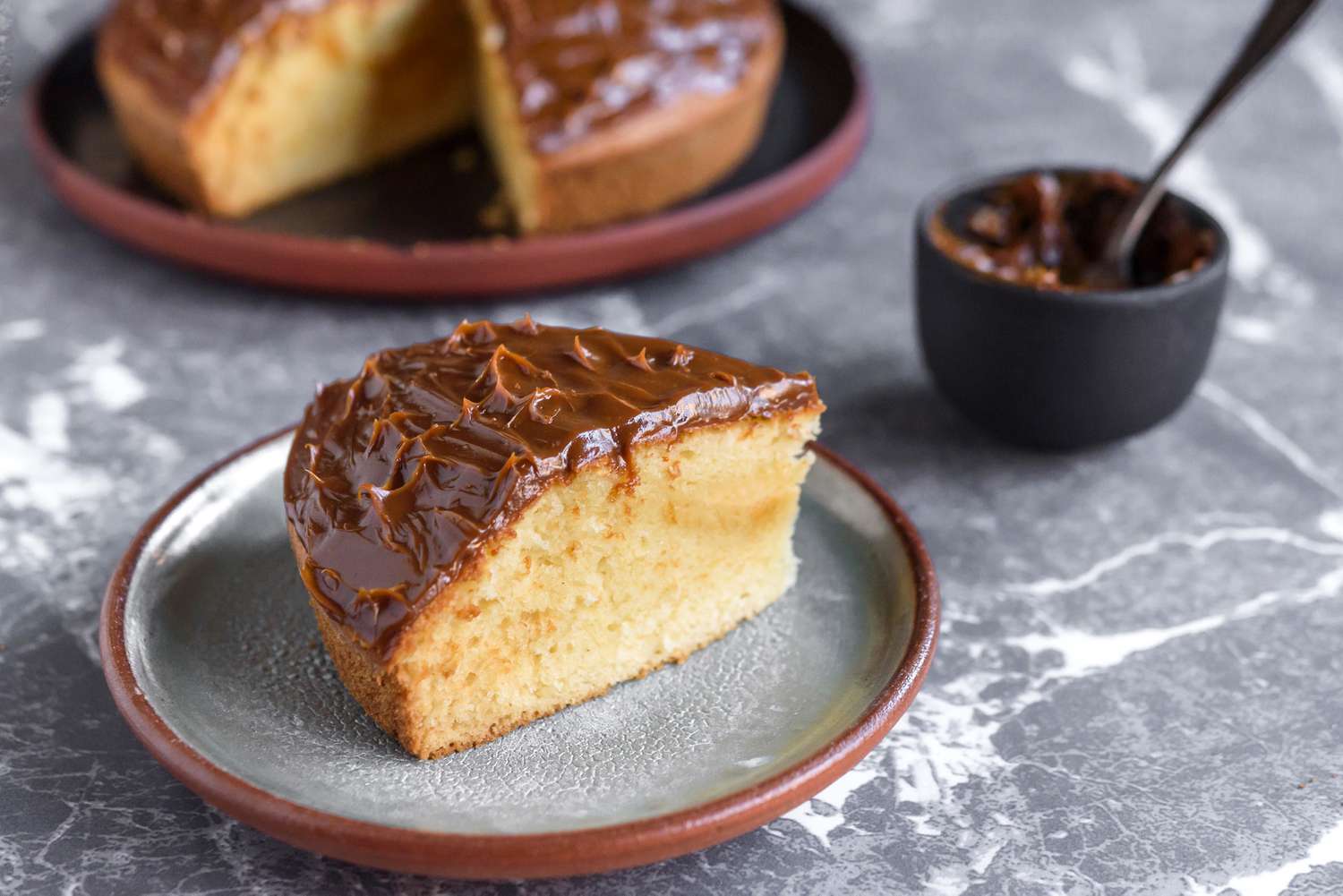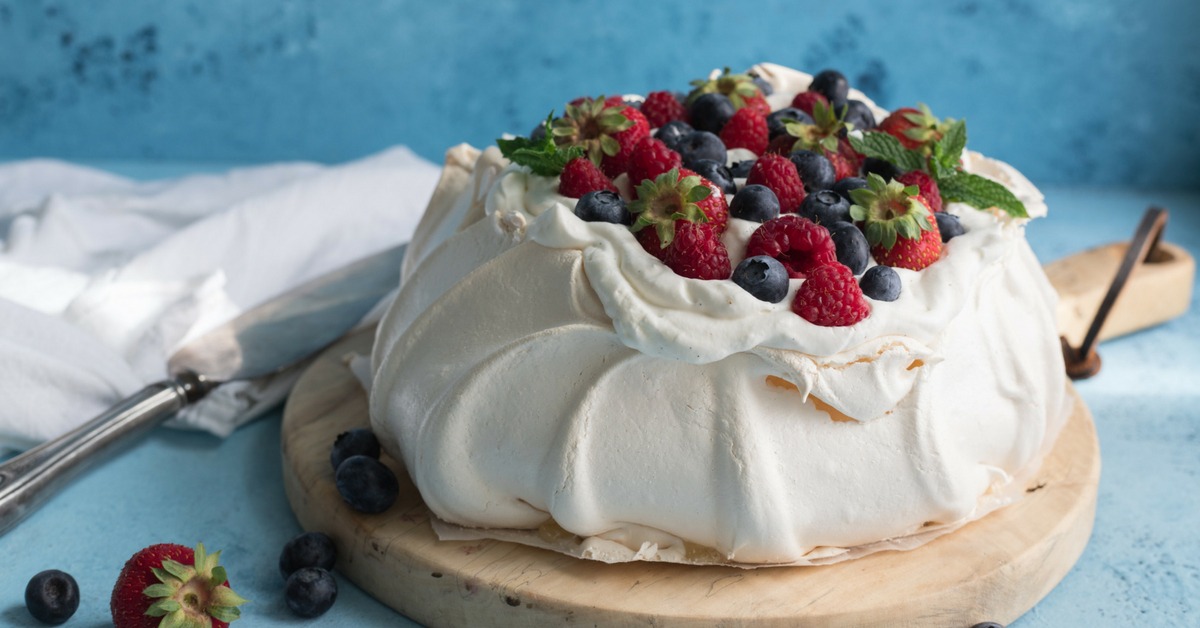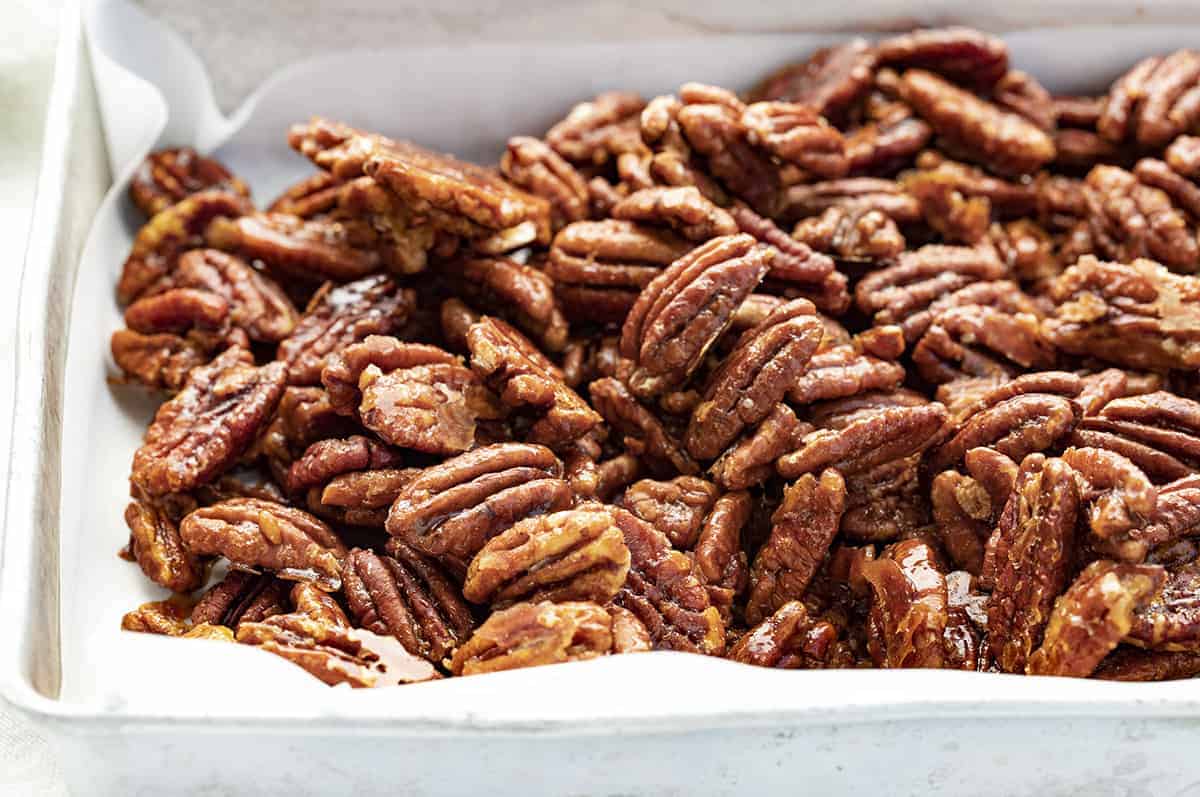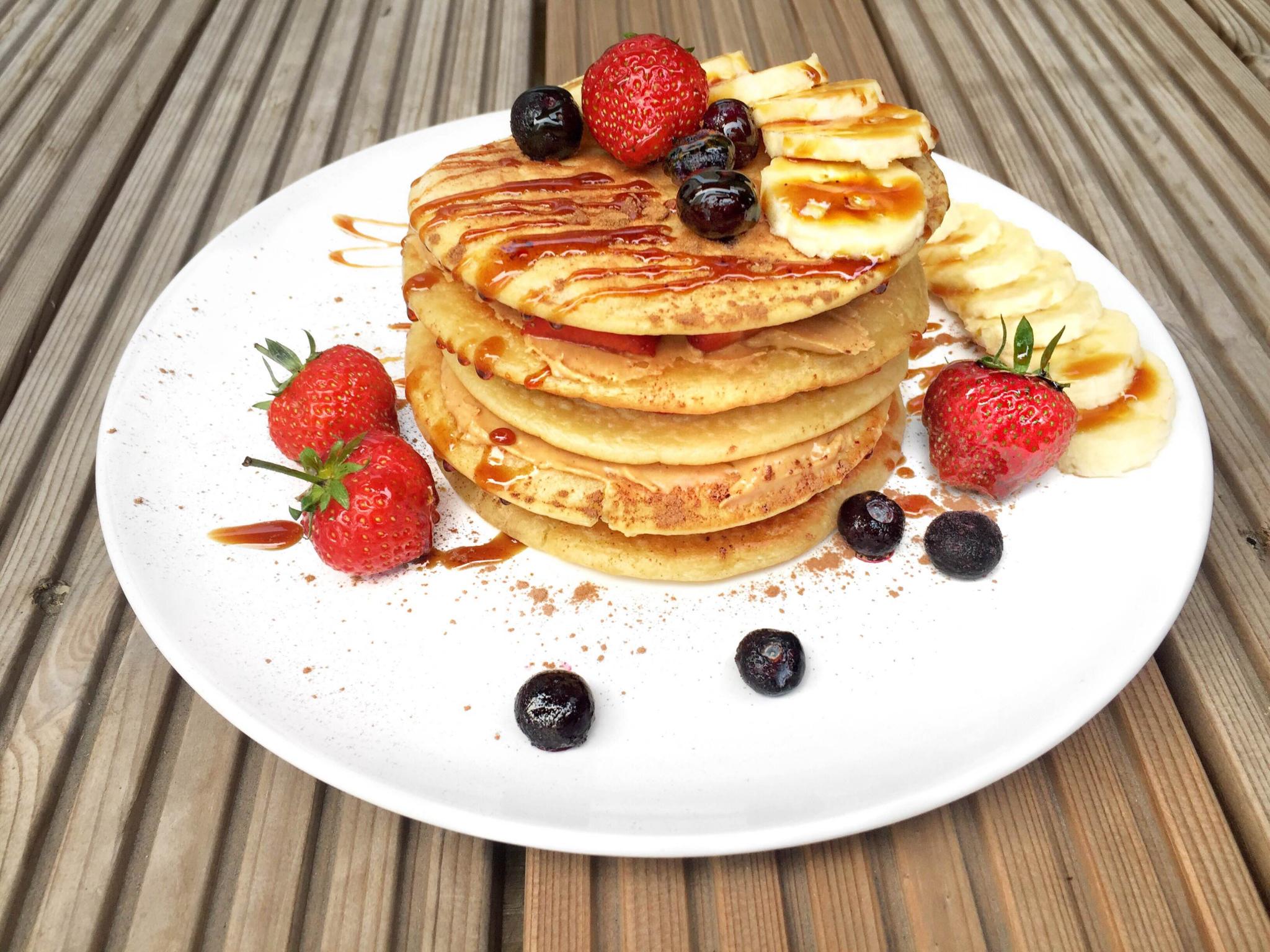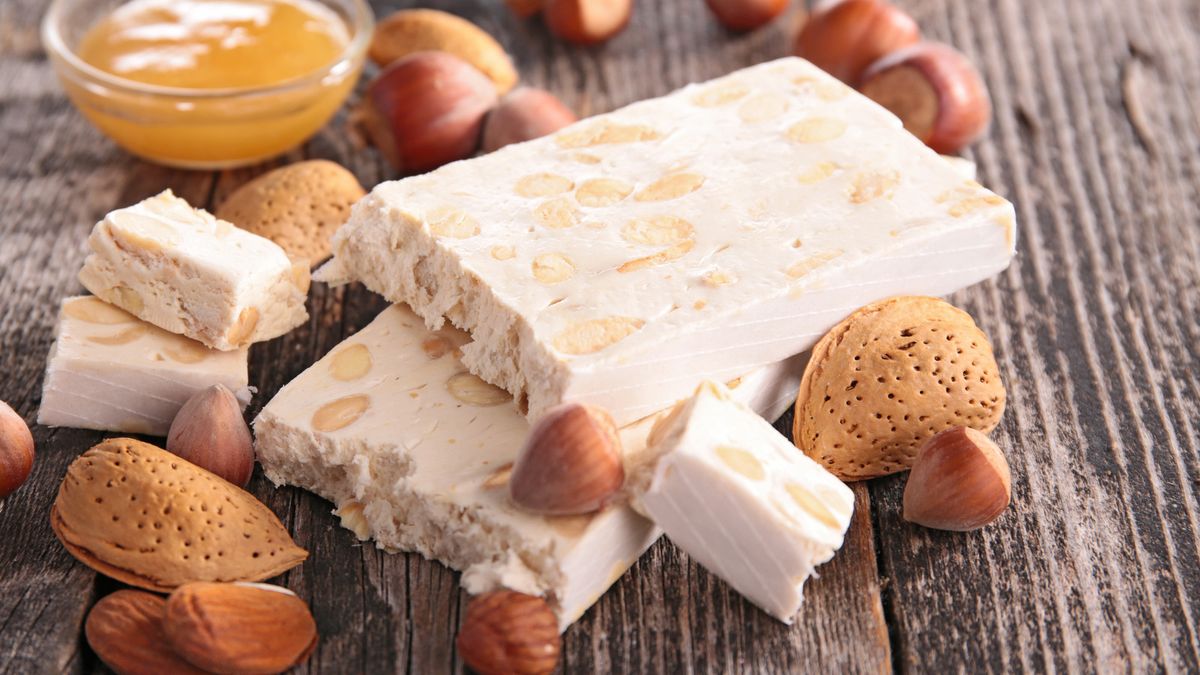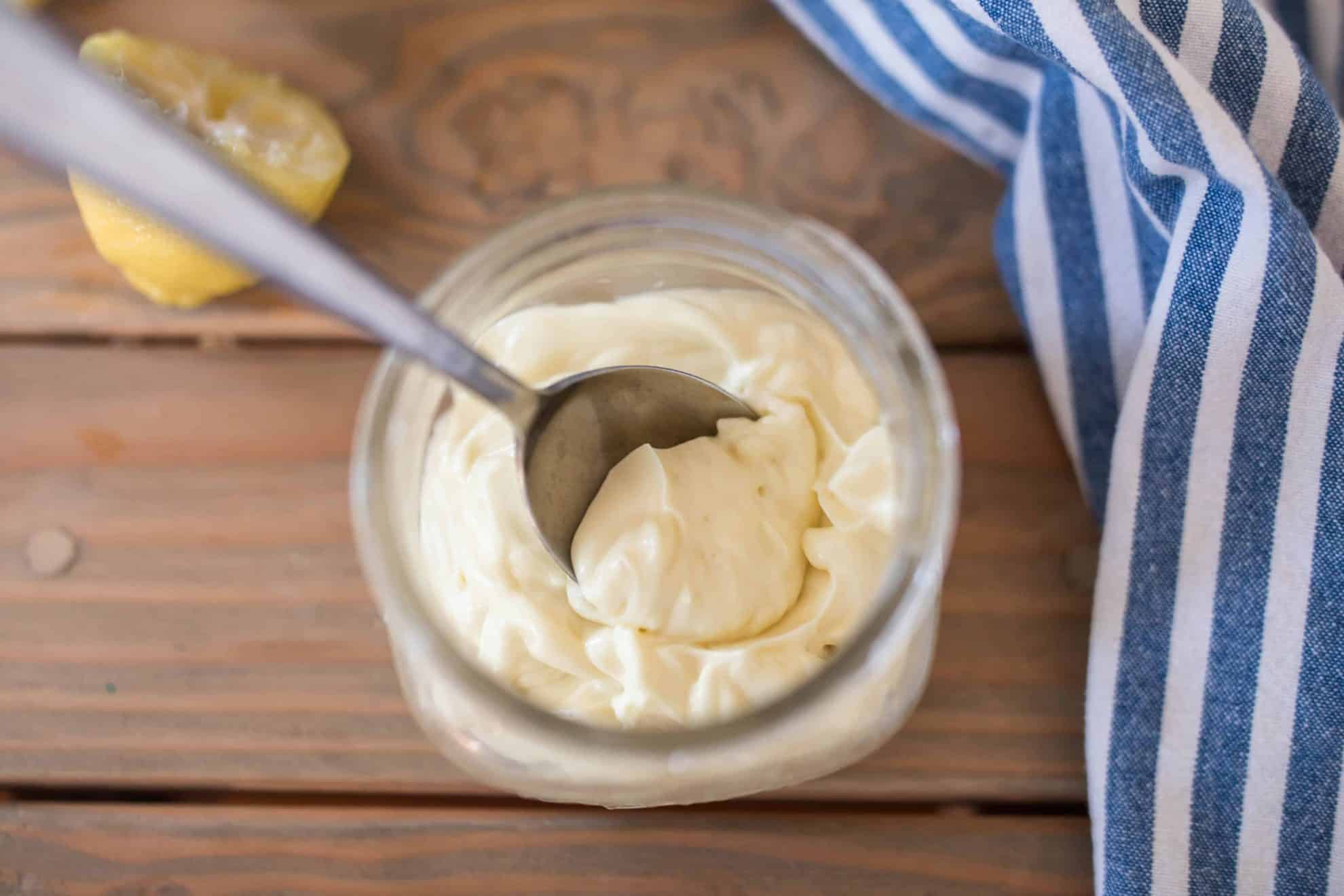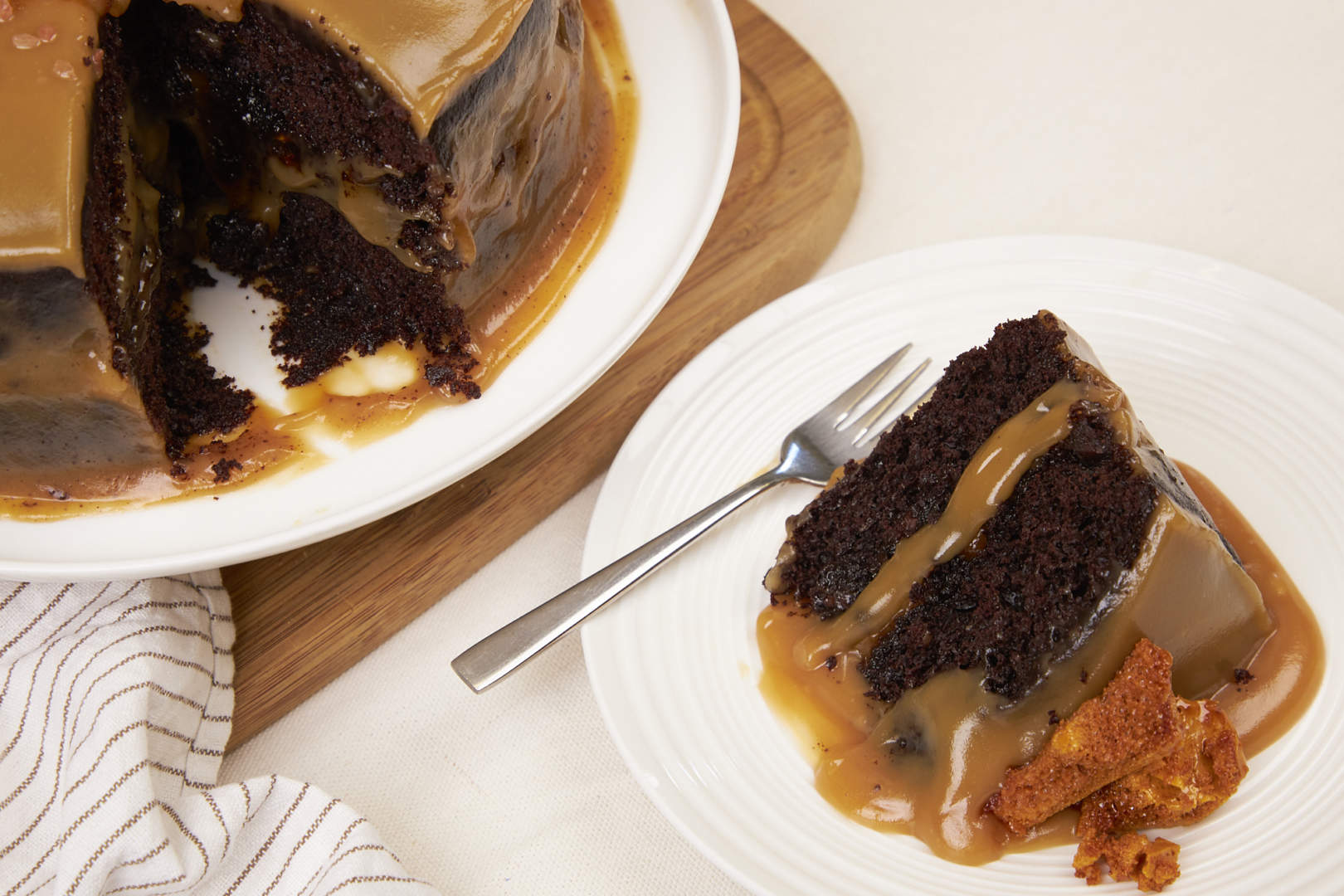Vegan baking can seem tricky without eggs, but aquafaba makes it easy. Aquafaba, the liquid from canned chickpeas, works wonders as an egg replacer. It whips up like egg whites, adding fluffiness to cakes, cookies, and meringues. Plus, it's a great way to reduce waste by using something you might toss out. Whether you're vegan or just out of eggs, aquafaba offers a simple, effective solution. Ready to dive into the world of vegan baking? Grab a can of chickpeas and let's get started!
Essential Ingredients for Vegan Baking with Aquafaba Egg Replacer
Vegan Baking with Aquafaba Egg Replacer
- Aquafaba (liquid from a can of chickpeas)
- All-purpose flour (2 cups)
- Baking powder (1 teaspoon)
- Baking soda (1/2 teaspoon)
- Salt (1/4 teaspoon)
- Sugar (1 cup)
- Vanilla extract (1 teaspoon)
- Plant-based milk (1 cup)
- Vegetable oil (1/2 cup)
- Apple cider vinegar (1 tablespoon)
Necessary Tools for This Recipe
Tools Needed for Vegan Baking with Aquafaba Egg Replacer
- Mixing Bowls: Various sizes for different ingredients.
- Measuring Cups and Spoons: Accurate measurements are key.
- Hand Mixer or Stand Mixer: Whip aquafaba to the right consistency.
- Spatula: Fold ingredients gently.
- Whisk: Incorporate air into the aquafaba.
- Baking Sheets: Essential for cookies or meringues.
- Parchment Paper: Prevents sticking.
- Oven: Bake your creations.
- Cooling Rack: Cool baked goods evenly.
- Sifter: Remove lumps from dry ingredients.
- Food Processor or Blender: Puree beans for homemade aquafaba.
- Storage Containers: Store leftover aquafaba in the fridge.
- Timer: Keep track of baking times.
- Scale: Measure ingredients by weight for precision.
- Pastry Brush: Apply glazes or washes.
- Rolling Pin: Roll out dough evenly.
- Cookie Cutters: Shape cookies or pastries.
- Muffin Tin: Bake muffins or cupcakes.
- Loaf Pan: Perfect for breads or cakes.
- Pie Dish: Bake pies with a flaky crust.
- Cooling Rack: Ensure even cooling of baked goods.
Aquafaba, the liquid from canned chickpeas, works as an egg replacer in vegan baking. Use three tablespoons per egg. Whip it for meringues or add directly to batters for cakes.
The Importance of Using Aquafaba in Vegan Baking
Vegan baking often presents challenges, especially when finding substitutes for eggs. Aquafaba, the liquid from cooked chickpeas, emerges as a miraculous solution. Its ability to mimic egg whites in recipes makes it a favorite among vegan bakers. This innovation allows for fluffy, moist baked goods without compromising on taste or texture.
Embracing aquafaba as an egg replacer not only caters to vegans but also to those with egg allergies. Its versatility and ease of use in various recipes underscore its popularity. Utilizing this byproduct reduces food waste, aligning with sustainable cooking practices. Hence, its adoption in vegan baking is both a practical and ethical choice.
Step-by-Step Guide to Vegan Baking with Aquafaba Egg Replacer
Vegan Baking with Aquafaba Egg Replacer
Ingredients:
- Aquafaba (liquid from a can of chickpeas)
- Cream of tartar (optional)
- Sweetener (optional)
Step-by-Step Guide:
-
Drain Chickpeas:
- Open a can of chickpeas.
- Pour the chickpeas into a strainer over a bowl.
- Collect the aquafaba (liquid) in the bowl.
-
Measure Aquafaba:
- Use a measuring cup to measure the aquafaba.
- For one egg, use 3 tablespoons of aquafaba.
-
Optional: Add Cream of Tartar:
- If you want to stabilize the aquafaba, add 1/8 teaspoon of cream of tartar.
- This helps when making meringues or whipped aquafaba.
-
Whip Aquafaba:
- Pour the measured aquafaba into a mixing bowl.
- Use a hand mixer or stand mixer.
- Whip on medium-high speed until it forms soft peaks.
- This usually takes about 5-10 minutes.
-
Optional: Add Sweetener:
- If using aquafaba for desserts, add 1-2 tablespoons of sugar or maple syrup.
- Continue whipping until it forms stiff peaks.
-
Fold into Batter:
- Gently fold the whipped aquafaba into your batter.
- Use a spatula to avoid deflating the aquafaba.
-
Bake:
- Follow your baking recipe's instructions.
- Adjust baking time if necessary, as aquafaba may affect the texture.
-
Store Leftover Aquafaba:
- Pour any leftover aquafaba into an airtight container.
- Store in the refrigerator for up to one week.
- Alternatively, freeze in ice cube trays for longer storage.
-
Clean Up:
- Wash all utensils and bowls used.
- Ensure no residue remains, as aquafaba can be sticky.
-
Experiment:
- Try using aquafaba in different recipes.
- Adjust quantities based on desired texture and consistency.
-
Troubleshoot:
- If aquafaba doesn't whip, check for oil or fat contamination.
- Ensure all equipment is clean and dry.
-
Enjoy:
- Taste your vegan baked goods.
- Share with friends and family.
Tips:
- Chickpea brands may vary in aquafaba quality.
- Aquafaba from home-cooked chickpeas can also be used.
- Aquafaba can replace egg whites in most recipes.
Common Uses:
- Meringues
- Macarons
- Cakes
- Cookies
- Brownies
Benefits:
- Vegan
- Cholesterol-free
- Low-calorie
Note:
- Aquafaba is versatile but may require some practice.
- Experiment with different recipes to find what works best.
Embracing Aquafaba in Your Vegan Baking
Aquafaba is a game-changer for vegan baking. This versatile egg replacer, made from the liquid of cooked chickpeas, can transform your recipes. It whips up beautifully, creating light, airy textures in meringues, mousses, and even macarons. Plus, it’s a great binder for cakes, cookies, and brownies.
Using aquafaba is simple. Just drain a can of chickpeas, save the liquid, and whip it up. Three tablespoons of aquafaba equal one egg. It’s that easy.
Not only is aquafaba a fantastic egg substitute, but it’s also a sustainable choice. You’re using something that would otherwise be discarded. So, next time you’re baking, give aquafaba a try. You might be surprised at how well it works. Happy baking!
Common Questions About Vegan Baking with Aquafaba Egg Replacer
What is aquafaba and why use it in vegan baking?
Aquafaba is the liquid left over from cooked chickpeas. Surprisingly, this liquid has properties similar to egg whites, making it a fantastic egg replacer in vegan baking. Its ability to whip into a foam means cakes, cookies, and even meringues can achieve the desired fluffiness and structure without using eggs.
How do I substitute aquafaba for eggs in recipes?
For most baking recipes, three tablespoons of aquafaba can replace one egg. It's a straight swap, whether you're making pancakes, brownies, or quick bread. Just remember, for recipes that rely heavily on eggs for structure (like angel food cake), some experimentation might be needed to get it just right.
Can aquafaba be used for more than just replacing eggs?
Absolutely! Beyond acting as an egg replacer, aquafaba can be used in vegan mayonnaise, buttercreams, or even whipped into a delightful topping for pies and sundaes. Its versatility extends into savory dishes too, like vegan cheeses and creamy sauces.
Does aquafaba have a taste?
On its own, aquafaba has a slight bean-like taste. However, once it's incorporated into recipes and cooked, you won't detect any bean flavor. It seamlessly blends into your baked goods, contributing texture and moisture without altering the taste.
How do I store aquafaba, and how long does it last?
Fresh aquafaba can be stored in the fridge for up to a week. For longer storage, freeze it in ice cube trays, then transfer the cubes to a freezer bag. Each cube is roughly one tablespoon, making it easy to thaw exactly what you need for your recipe.
Can I make aquafaba at home?
Sure can! While using the liquid from canned chickpeas is convenient, making your own aquafaba is straightforward. Simply cook dried chickpeas in water, and once done, strain the liquid. This homemade version might even whip up better than the canned one, as you can adjust the cooking time to get the perfect viscosity.
Is aquafaba suitable for all dietary restrictions?
Aquafaba is not only vegan but also gluten-free, nut-free, and soy-free, making it an excellent choice for those with various dietary restrictions. However, as it originates from legumes, individuals with specific bean allergies should avoid it.
